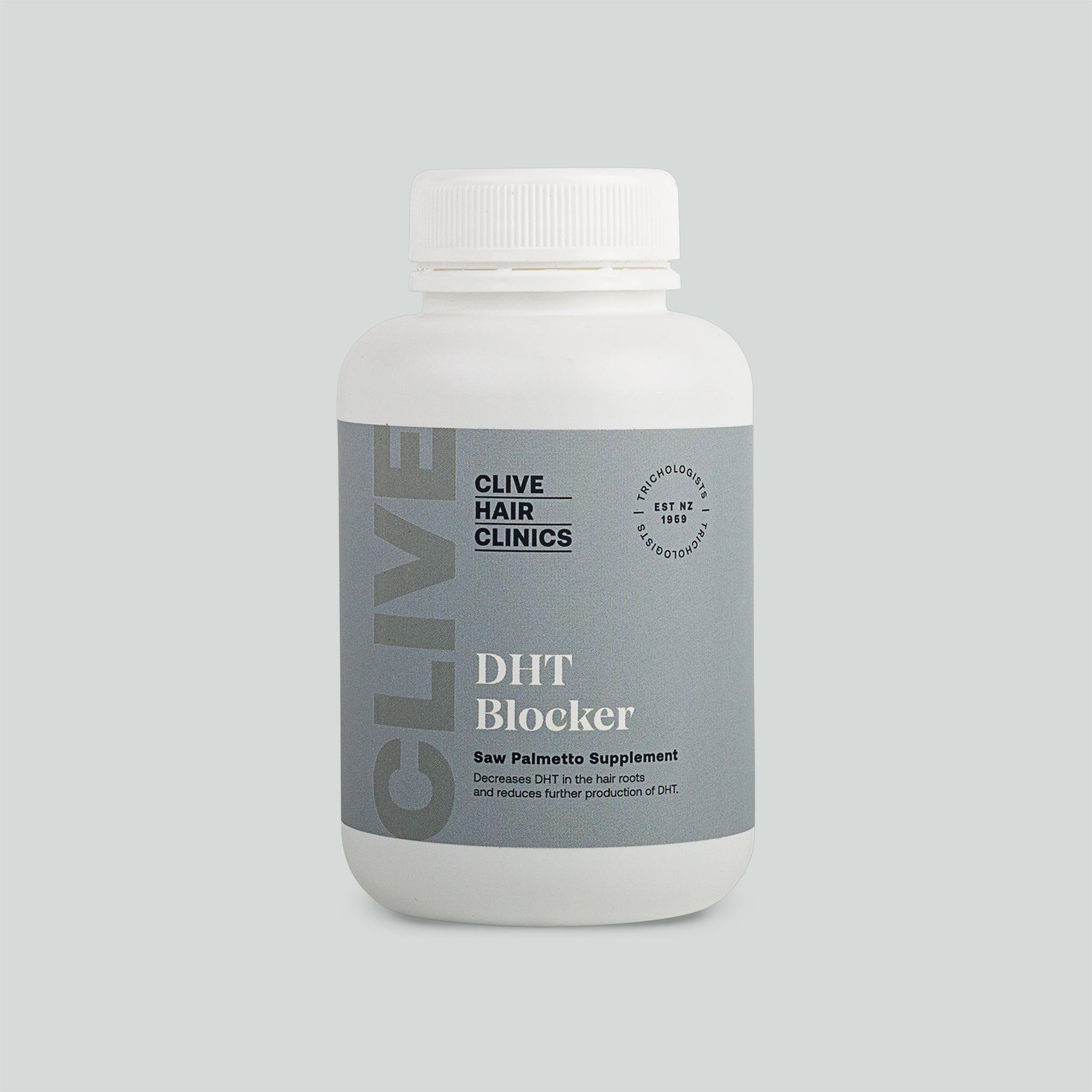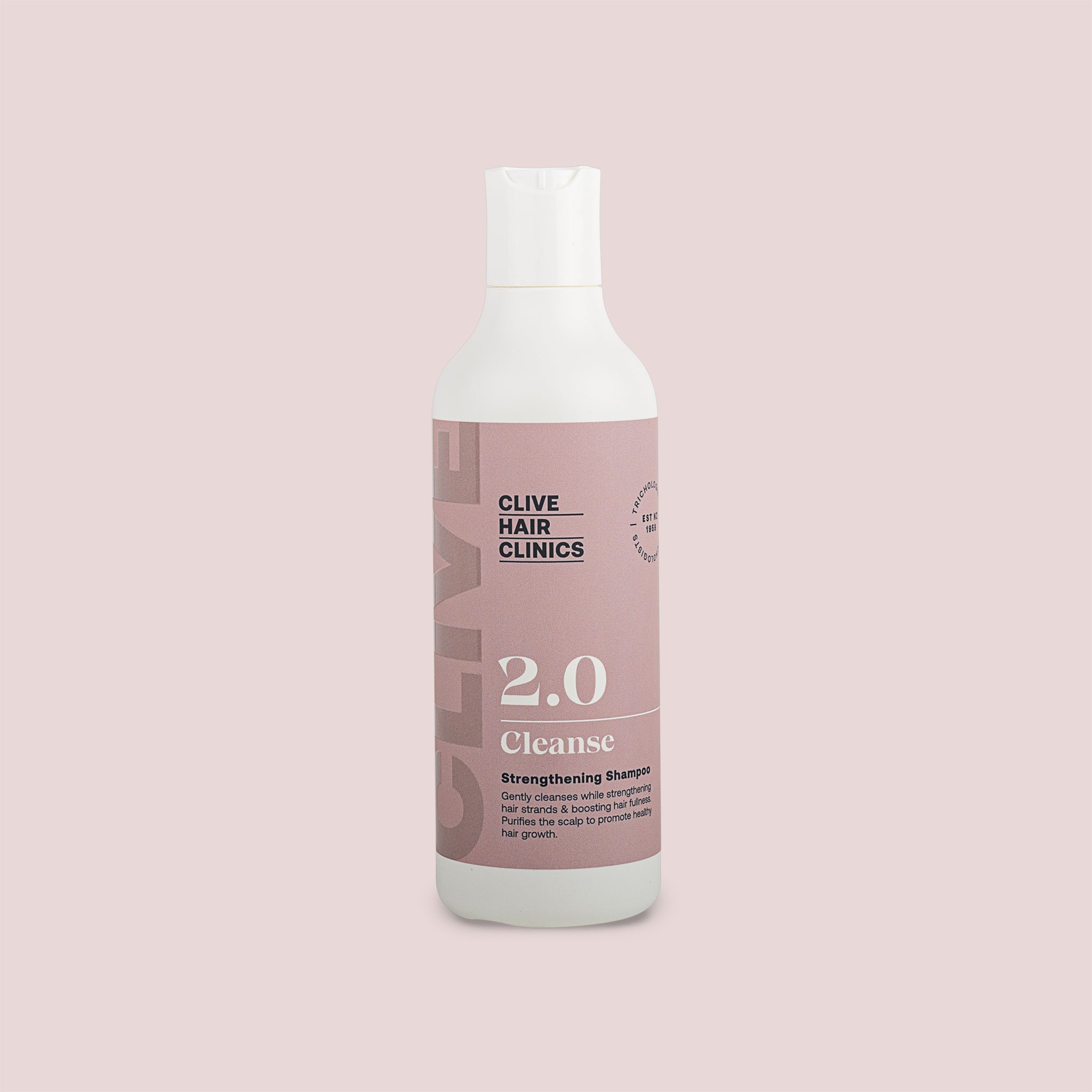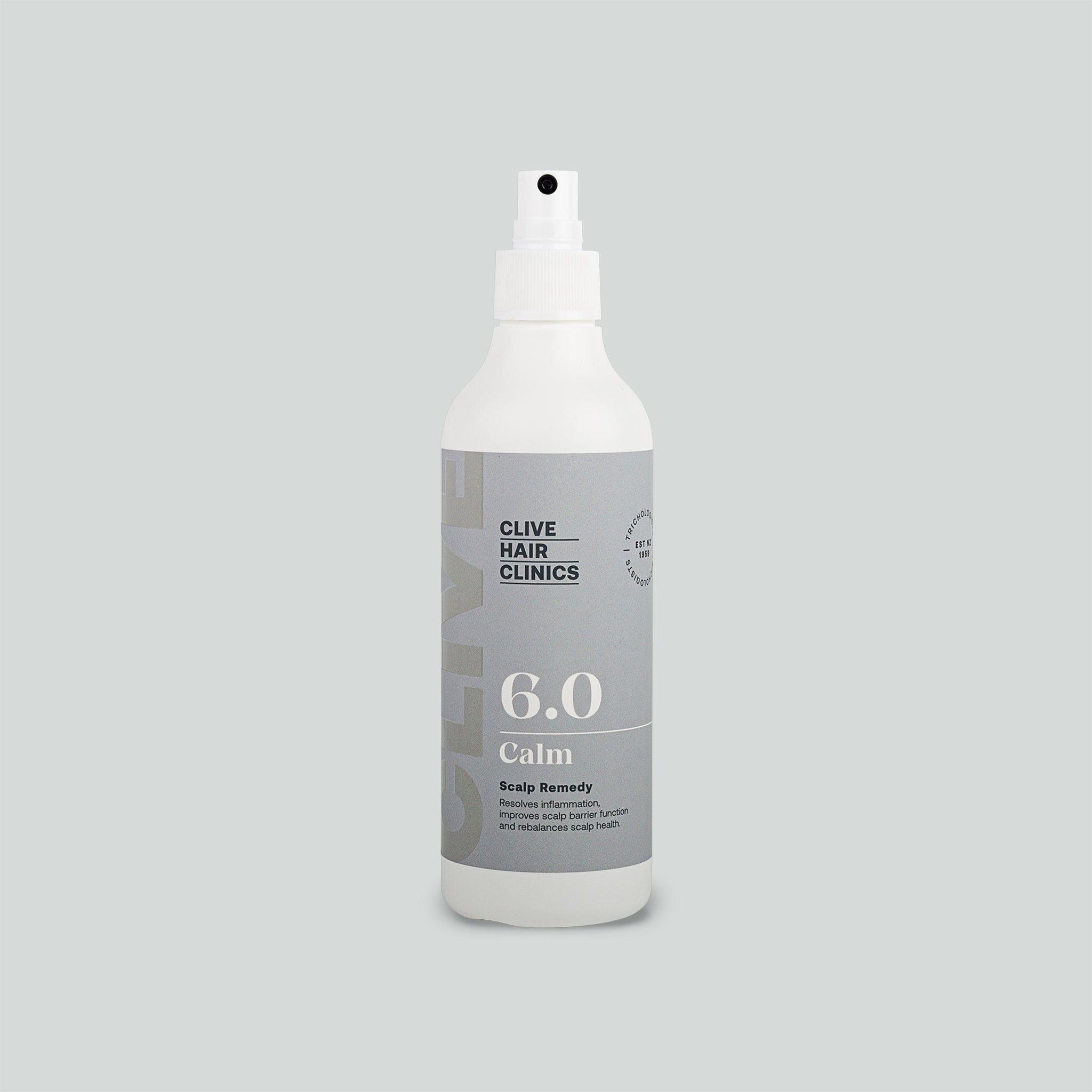
DISCOVER THE FACTORS CAUSING HAIR LOSS WITH A SIMPLE HAIR ELEMENTS TEST
Our Trichologists use the findings of a Hair Elements Test to help determine the cause of a client’s rapid hair thinning leading to hair loss.
A small sample of hair (0.25 grams) is taken from the back of the head and sent to a specialist laboratory in Chicago. Tests are performed to determine the nutritional status and exposure to heavy metals and toxic chemicals.
A detailed report explaining the findings of a Hair Elements Test takes approximately 2-3 weeks.
Cost $290, book here

WHAT IS A HAIR ELEMENTS TEST?
A Hair Elements Test provides indicators of nutritional and mineral deficiencies along with possible toxicities - all factors that can contribute to hair loss.
This non-invasive screening test requires only 0.25 grams of hair.
Hair is chosen for this test because it can provide a long-term record of the body's exposure to various elements.
Hair incorporates trace elements into its structure during its growth cycles. This means that as proteins are synthesised in the hair follicles the trace elements are incorporated permanently.

WHAT WOULD A HAIR ELEMENTS TEST TELL ME?
A Hair Element Test helps to identify mineral imbalances or toxic element exposures that may contribute to hair loss. This is a valuable insight which our Trichologists interpret alongside a clients health issues and lifestyle factors.
WHAT DOES A HAIR ELEMENTS TEST MEASURE?
A Hair Elements Test provides a snapshot of both nutrient and toxic element exposure. Read on for a break down of exactly what it measures.
Nutrient Elements
Essential minerals for body function:
- Chromium: Important for glucose metabolism and insulin sensitivity.
- Zinc: Essential for immune function, wound healing, DNA synthesis, and cell division.
- Copper: Plays a role in iron metabolism, neurodevelopment, and maintaining connective tissue.
- Magnesium: Crucial for muscle and nerve function, blood glucose control, and bone health.
- Selenium: Important for reproduction, thyroid gland function, DNA production, and protecting the body from infection and oxidative damage.
Bio Markers
Test for a variety of elements, some of which can be toxic if in high concentrations:
- Essential and Beneficial Elements: Such as iron, phosphorus, iodine, lithium, cobalt, molybdenum, manganese, and calcium.
- Potentially Toxic Elements: Including mercury, cadmium, arsenic, lead, beryllium, aluminum, and nickel. These elements can be harmful at high levels or with prolonged exposure.
- Additional Elements: Like uranium, potassium, sodium, vanadium, boron, zirconium, titanium, sulfur, rubidium, germanium, silver, tin, strontium, thorium, thallium, platinum, bismuth, barium, and antimony. The presence and levels of these elements can provide information about environmental exposure and potential health impacts.
Element Ratios
Assessing the ratios of certain elements to each other, which can be indicative of various health conditions or imbalances:
- Calcium/Phosphorus Ratio: Important for bone health and metabolic functions.
- Zinc/Cadmium Ratio: Can indicate exposure to cadmium, a toxic metal, as zinc and cadmium can compete for absorption in the body.
- Zinc/Copper Ratio: An important indicator of overall nutritional status, as these elements must be balanced for optimal health.
- Sodium/Potassium Ratio: Reflects on adrenal health and can impact blood pressure.
- Calcium/Magnesium Ratio: Important for cardiovascular health and general cellular functions.
This comprehensive analysis provides a detailed view of a client's exposure to various elements and their nutritional status based on their hair sample.

SAMPLE COLLECTION
Ideally, the hair sample collected should be free from chemical treatments to ensure an accurate analysis.
Avoid any hair products which may leave a residue on the hair before taking a hair sample.
Hair that has been permed, dyed, bleached, or chemically treated may not be suitable for analysis. These chemical treatments can alter the natural composition of the hair and potentially lead to contamination or skewed results.
Talk to our Trichologists for further advice if you have concerns about your hair.





